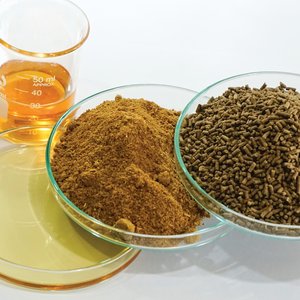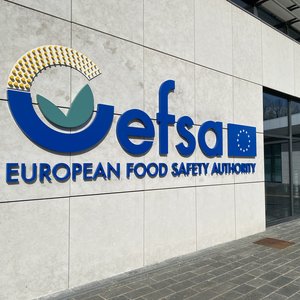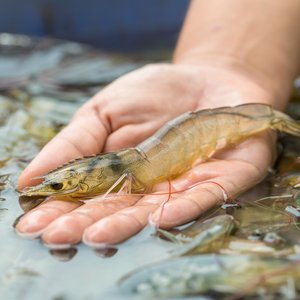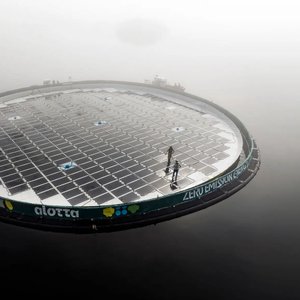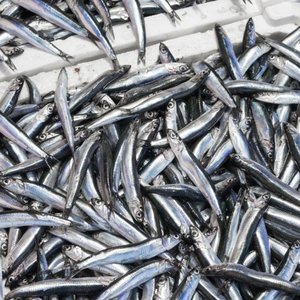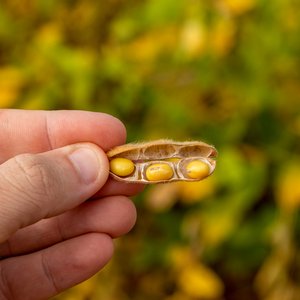Bluefin tuna, naturally
EU-funded scientists have harnessed Atlantic bluefin tuna (BFT) eggs without hormonal induction. This has never happened at an aquaculture facility, far away from the fish's natural spawning habitat. The result is part of the SELFDOTT ('From capture based to self-sustained aquaculture and domestication of bluefin tuna, Thunnus thynnus') project, which received EUR 2.98 million under the 'Food, agriculture and fisheries, and biotechnology' Theme of the EU's Seventh Framework Programme (FP7).
This is the second consecutive year in which the SELFDOTT team has spawned BFT eggs at the facilities of the Oceanographic Centre of Murcia in Spain, part of the Spanish Institute of Oceanography (IEO). Unlike other occasions, however, it was unnecessary for the scientists to induce spawning with hormonal implants because it transpired spontaneously.
The team attributes the result to the tuna's ability to adapt after more than three years of domestication at the experimental farm. A total of 10 million viable eggs were produced in a single day, housed in two nursery facilities managed by project participant Caladeros del Mediterráneo Company in Spain.
The naturally spawned eggs represent a significant breakthrough for aquaculture, a term that refers to the process of farming fish and other natural, water-related produce in controlled environments rather than harnessing them from the ocean and sea (i.e. capture fisheries). The ability to produce BFT eggs from captive individuals means independent production of this species is possible without having to rely on endangered natural stocks.
The SELFDOTT team will use these viable eggs to study embryonic and larval development for the production of fry (juveniles). During the last larval rearing season, the researchers conducted several experiments to gather information on the temperature conditions, photoperiod, hydrodynamics and food most suited to generating high survival and growth indexes. The last surviving juvenile weighed 30 grammes, reached a length of 14 centimetres, and survived for 73 days. The scientists hope to improve on this benchmark in the next season.
As part of the project, they also hope to develop suitable feeds for the grow-out of BFT, which may reduce or even eliminate the practice of raw fish importation and feeding by the industry. By the time the project ends in October 2010, the partners also intend to produce a protocol for the commercial-scale larval rearing of BFT.
The SELFDOTT consortium is represented by 13 government bodies, research institutes and industry organisations from France, Germany, Greece, Israel, Italy, Malta, Norway and Spain.


